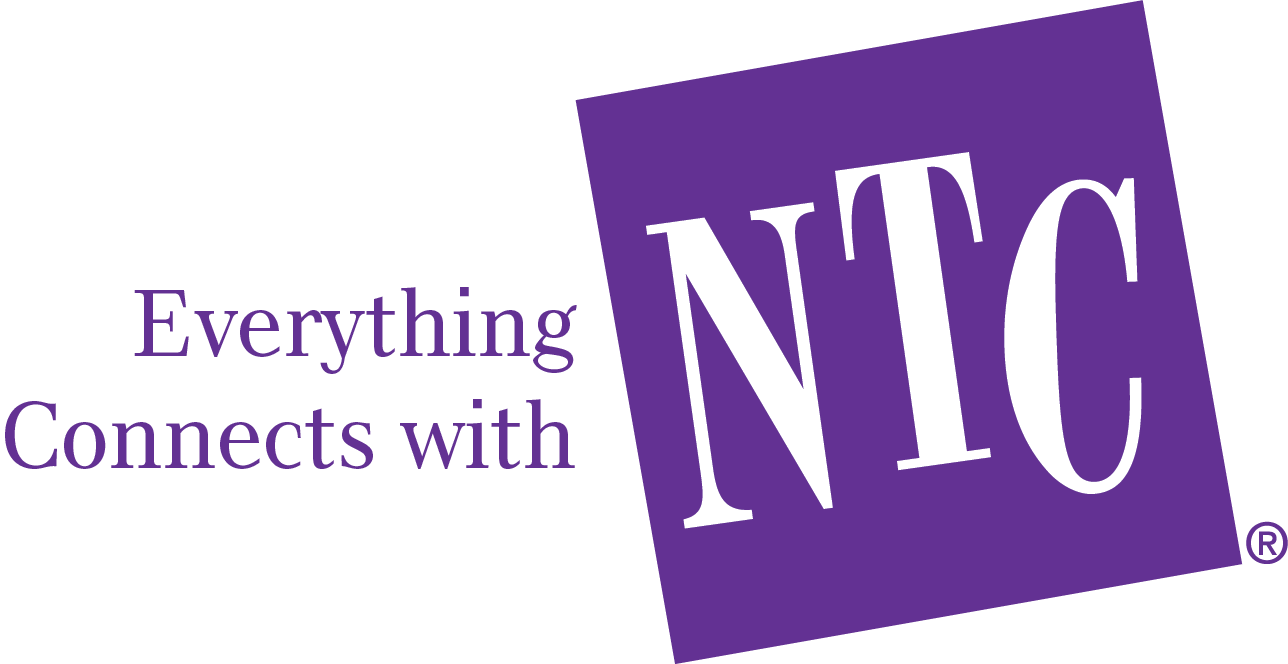How Story-based Learning Techniques Engage Students
Teachers from across the country who have received sponsored education programs to inspire beneficial behaviors and presented by The National Theatre for Children have responded with high praise.
Here are a few snippets of teacher comments:
“Much better than a lecture.”
“Combining arts with academics is always a win.”
“Great program, my students are still talking about it!!”
“The live theatre is a great way to learn and it is easily remembered.”
“My students were able to answer all of my related follow up questions!”
Teachers, of course, are not wrong.
Their praise of NTC’s educational programming, which uses theatre and storytelling as teaching tools, play out in multiple studies on the human brain, especially when it comes to retention.

22 times more!
That’s more than significant. It’s amazing.
When humans are simply told information as a list of facts, they retain only about 5-10 percent of it. Hence, we are always saying, “let me refer back to my notes” or “let me write that down so I remember it.” Yet, humans will remember 65-70 percent of a story. No notes or writing it down necessary. It’s how our brains work.
This also holds true with retention over time. As humans, we remember stories longer than we remember simple facts and figures. If you can embed those simple facts into a story, you have a powerful teaching tool.
The appeal of a story to connect to our human brains not only with information but with emotion as well, makes it memorable and meaningful for those engaged with the story. This connection also makes a longer lasting impression. It is why story-based learning, especially when trying to instill behavior change, is such a highly effective tool.
As organizational psychologist and leading storytelling expert, Dr. Peg C. Neuhauser puts it:
That part about “very little effort” is where, as a teaching tool, storytelling goes beyond just another method of relaying information. It becomes powerful. Learning through story doesn’t feel like learning, even though it enhances understanding, comprehension, and retention.

This is all to say that the verdict is indeed in. Backed up by teacher feedback. Backed up by studies of the human brain. Backed up by leading researchers and experts. Learning through story works.















